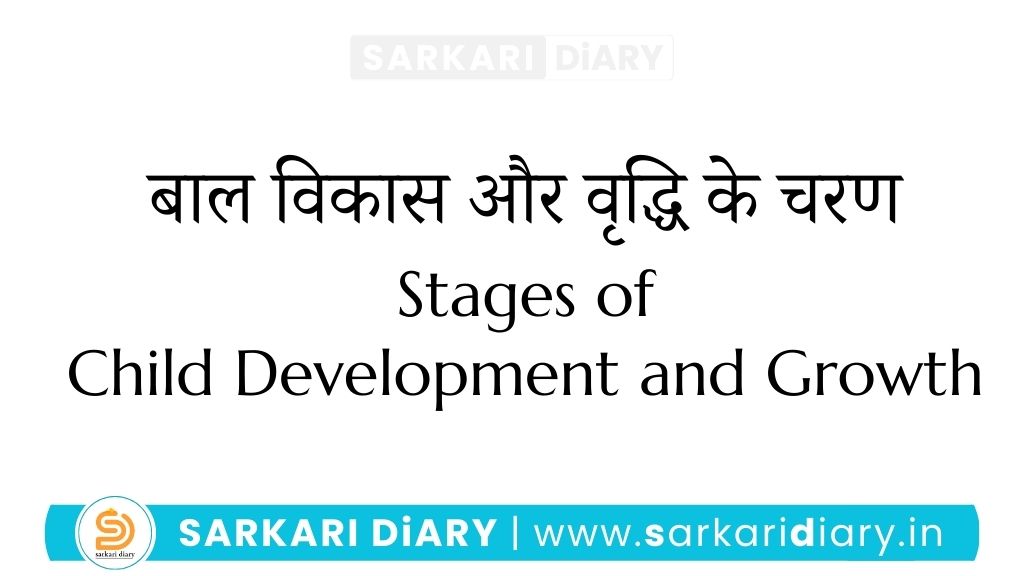Despite progress, India continues to struggle with gender inequality in education. While both boys and girls from disadvantaged backgrounds may experience barriers, girls often face a unique set of challenges. Here’s a breakdown of the key factors:
1. Poverty and Economic Constraints
- Limited Resources: Poverty is a major obstacle to girls’ education. In low-income families, resources are often scarce, leading to difficult choices about which child to send to school. Boys are often prioritized due to the perception that they will become the primary breadwinners.
- Cost of Education: Even when schools are nominally free, there are hidden costs like uniforms, books, transportation, and examination fees. These can be significant burdens for impoverished families, especially with multiple children.
- Opportunity Cost: For poor families, the immediate economic returns from sending girls to school are often outweighed by the opportunity cost. Girls are expected to contribute to household chores, care for younger siblings, or engage in income-generating activities, leaving little time for education.
2. Social and Cultural Norms
- Patriarchal Mindset: Deeply rooted patriarchal beliefs perpetuate the idea that women’s primary roles are as wives and mothers. Education is seen as less important for girls, and investment in their future is considered less valuable than investing in sons.
- Gender Stereotypes: Traditional gender roles dictate that women are responsible for domestic work while men are the breadwinners. This mindset limits girls’ educational and career aspirations, as they’re conditioned to believe their place is ultimately in the home.
- Emphasis on Marriage: In many communities, a girl’s education is seen as a means to secure a good marriage proposal rather than a path to personal growth and empowerment. Families may prioritize spending on dowries and weddings rather than their daughters’ educations.
3. Child Marriage
- Prevalence and Impact: Child marriage remains a pervasive issue in India, especially in rural areas. Girls married young are typically forced to drop out of school to assume domestic responsibilities. Early marriage limits their educational and economic opportunities, trapping them in a cycle of poverty and dependence.
4. Safety and Security Concerns
- Distance to Schools: Long distances to school, particularly in rural areas, raise safety concerns for girls. They may face harassment, molestation, or assault while traveling, leading parents to restrict their mobility and prioritize their safety by withdrawing them from school.
- Lack of Adequate Sanitation: Many schools in India lack separate and functional toilets for girls. This absence of basic facilities compromises their privacy, dignity, and safety, especially during menstruation, and acts as a major deterrent to school attendance.
- Fear of Harassment: Girls in India often face harassment within and outside schools. This can range from verbal abuse and intimidation to sexual violence, creating a hostile environment that discourages girls’ attendance and hinders their learning.
5. Inadequate School Infrastructure and Resources
- Poor School Facilities: Schools in underprivileged areas often lack adequate classrooms, libraries, laboratories, and other essential learning resources. This creates an unconducive environment for learning and affects girls and boys alike.
- Lack of Female Teachers: A shortage of female teachers can be a deterrent for girls’ education, especially in conservative communities where families may be uncomfortable sending girls to schools staffed predominantly by male teachers. Female teachers can serve as role models, mentors, and support figures for girls.
6. Discriminatory Attitudes and Practices
- Teacher Bias: Some teachers may harbor unconscious biases that favor boys in the classroom. This can manifest in less attention being given to girls, lower expectations for their performance, and fewer opportunities for participation, discouraging girls from fully engaging in their education.
- Curriculum Content: Textbooks and teaching materials can perpetuate gender stereotypes, portraying women in limited roles and reinforcing harmful norms. This lack of diverse representation undermines girls’ aspirations and their sense of potential.
Consequences of Gender Inequality in Education
Limited educational opportunities for girls have far-reaching consequences for individuals, families, and Indian society as a whole:










